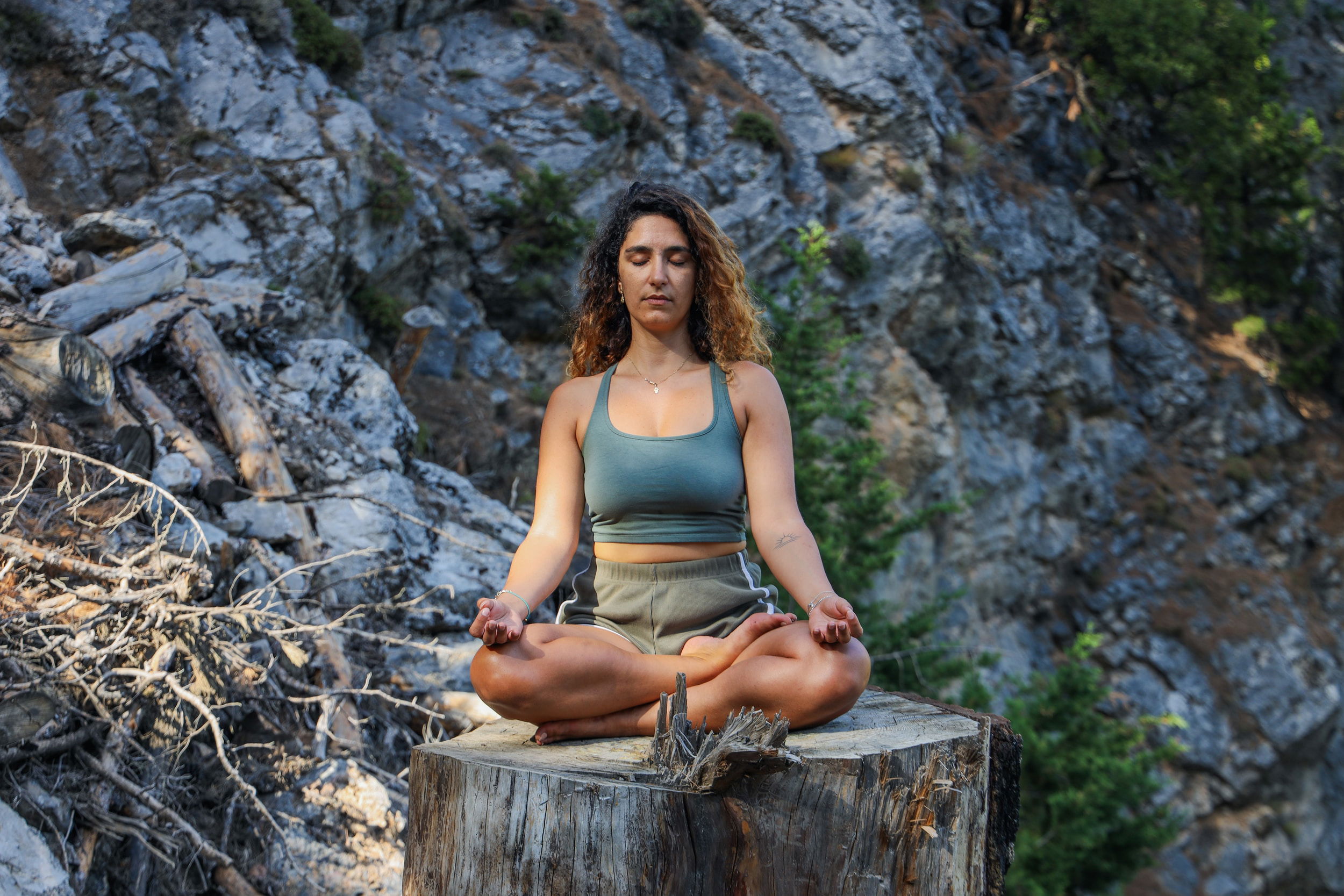Finding Inner Peace: A Guide to Mindfulness Meditation
In today's fast-paced and often stressful world, finding inner peace is a pursuit that many people seek. One powerful and time-tested method to achieve inner peace is through mindfulness meditation. Mindfulness meditation is a practice rooted in ancient traditions that focuses on cultivating a state of awareness and presence in the present moment. In this comprehensive guide, we will explore mindfulness meditation, its benefits, and provide step-by-step instructions on how to begin your own mindfulness meditation practice.

Understanding Mindfulness Meditation
Mindfulness meditation is a form of meditation that encourages you to be fully present and engaged in the current moment without judgment. It involves paying attention to your thoughts, emotions, and sensations as they arise, acknowledging them without attachment, and gently returning your focus to the present.
Key Principles of Mindfulness Meditation:
- Present-Moment Awareness: Mindfulness meditation emphasizes being aware of each moment as it unfolds, rather than dwelling on the past or worrying about the future.
- Non-Judgment: It encourages non-judgmental observation of your thoughts and feelings. Instead of labeling thoughts as good or bad, you simply notice them.
- Breath Awareness: A common anchor for mindfulness meditation is the breath. Focusing on your breath helps center your attention and serves as a reference point when your mind wanders.
- Acceptance: Mindfulness meditation fosters an attitude of acceptance toward whatever arises during your practice, whether it's discomfort, restlessness, or tranquility.
Benefits of Mindfulness Meditation
The practice of mindfulness meditation offers a wide range of physical, mental, and emotional benefits, including:
- Stress Reduction: Mindfulness meditation has been shown to reduce stress levels and promote relaxation.
- Improved Mental Focus: Regular practice can enhance concentration and attention span.
- Emotional Regulation: Mindfulness helps you become more aware of your emotions and learn to respond to them in a balanced way.
- Enhanced Self-Awareness: It fosters self-awareness and self-acceptance, leading to greater self-understanding and personal growth.
- Better Sleep: Mindfulness meditation can improve sleep quality and help with insomnia.
- Pain Management: It has been used as a complementary approach to managing chronic pain and illness.
- Reduced Symptoms of Anxiety and Depression: Studies suggest that mindfulness meditation can alleviate symptoms of anxiety and depression.
Starting Your Mindfulness Meditation Practice
Here is a step-by-step guide to help you begin your mindfulness meditation practice:
Step 1: Find a Quiet Space
Choose a quiet and comfortable place where you won't be disturbed during your meditation session. You can sit on a cushion or chair with your back straight and your hands resting on your lap.
Step 2: Set a Time Limit
Start with a short meditation session, such as 5 to 10 minutes, and gradually increase the duration as you become more comfortable with the practice.
Step 3: Focus on Your Breath
Close your eyes and bring your attention to your breath. Notice the sensation of your breath as it enters and leaves your nostrils or the rise and fall of your chest and abdomen. Your breath serves as an anchor to keep you present.
Step 4: Observe Your Thoughts
As you focus on your breath, thoughts may arise. This is normal. Instead of trying to suppress or engage with these thoughts, simply observe them without judgment. Imagine your thoughts as clouds passing by in the sky of your awareness.
Step 5: Gently Return to the Breath
When you notice your mind wandering, gently and non-judgmentally guide your attention back to your breath. This act of returning to the breath is a fundamental aspect of mindfulness meditation.
Step 6: Gradual Progress
Continue this cycle of observing your breath and gently returning to it for the duration of your meditation session. Over time, you may find it easier to maintain focus.
Step 7: End Mindfully
When your meditation session is complete, take a moment to transition back to your daily activities. Open your eyes slowly and acknowledge the benefits of the practice.
Additional Resources and Tips
- Guided Meditations: Many apps and websites offer guided mindfulness meditations led by experienced instructors. These can be helpful, especially for beginners.
- Consistency: Establish a regular meditation routine, ideally practicing daily. Consistency is key to experiencing the full benefits of mindfulness meditation.
- Patience: Be patient with yourself. Meditation is a skill that develops over time. Don't be discouraged by a wandering mind or perceived lack of progress.
- Mindfulness in Daily Life: Extend mindfulness to your everyday activities. Practice being present while eating, walking, or doing routine tasks.
- Courses and Workshops: Consider taking a mindfulness meditation course or attending workshops to deepen your practice.

Conclusion
Mindfulness meditation is a transformative practice that can help you find inner peace, reduce stress, and cultivate greater self-awareness. It's a journey that requires patience, consistency, and a non-judgmental attitude toward your experiences. As you continue your mindfulness meditation practice, you may discover that it becomes not just a technique but a way of life—one that brings you greater peace, clarity, and well-being.
In the pursuit of inner peace, remember that mindfulness meditation is a valuable tool that can empower you to navigate life's challenges with greater resilience and a deeper sense of calm.